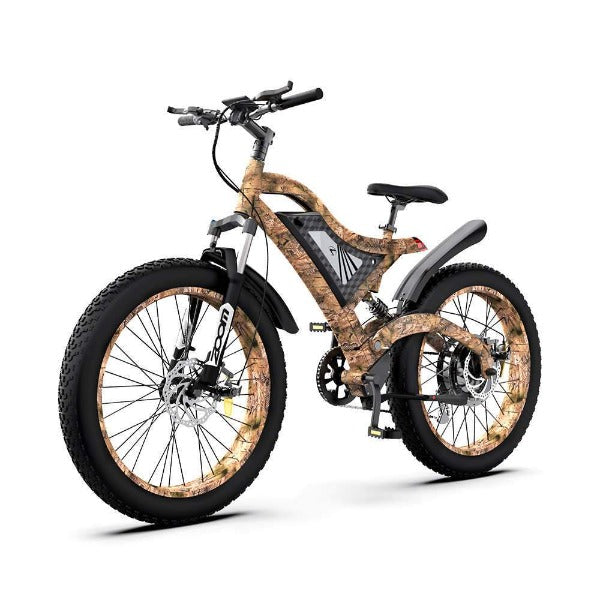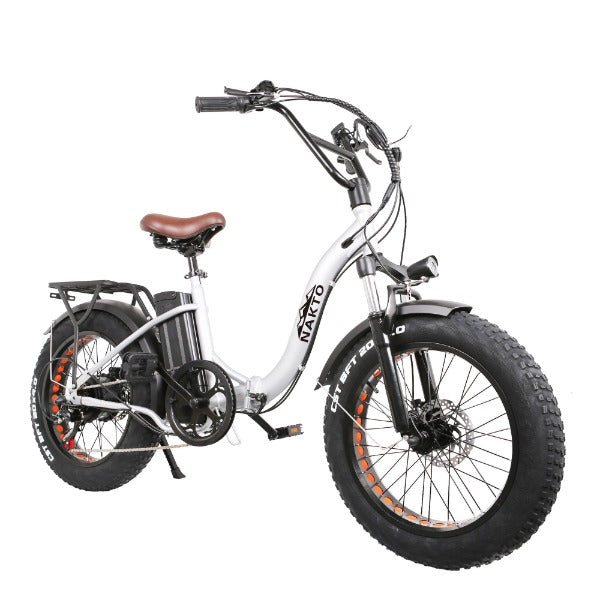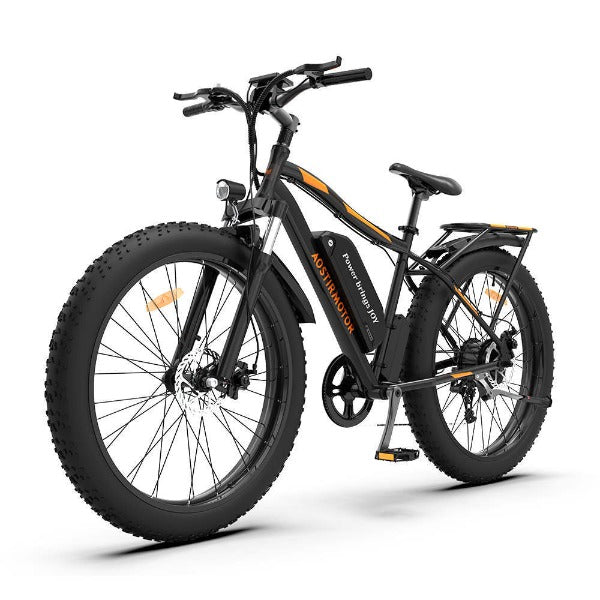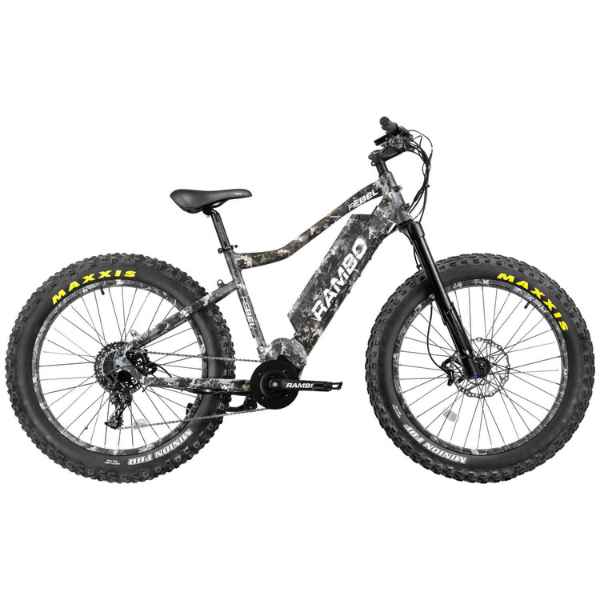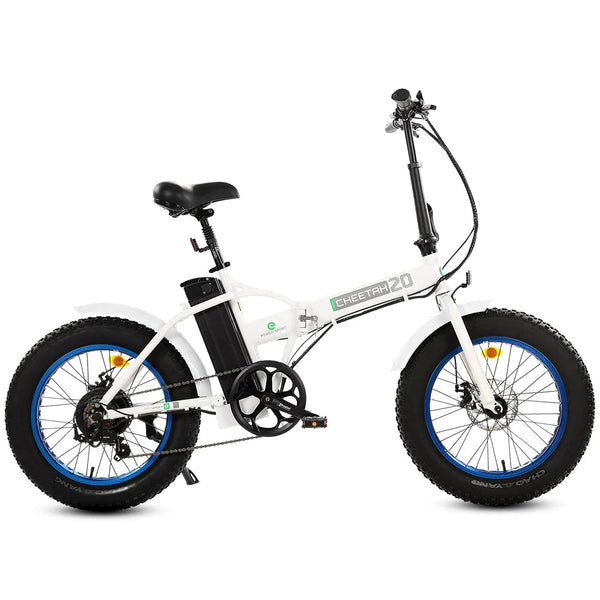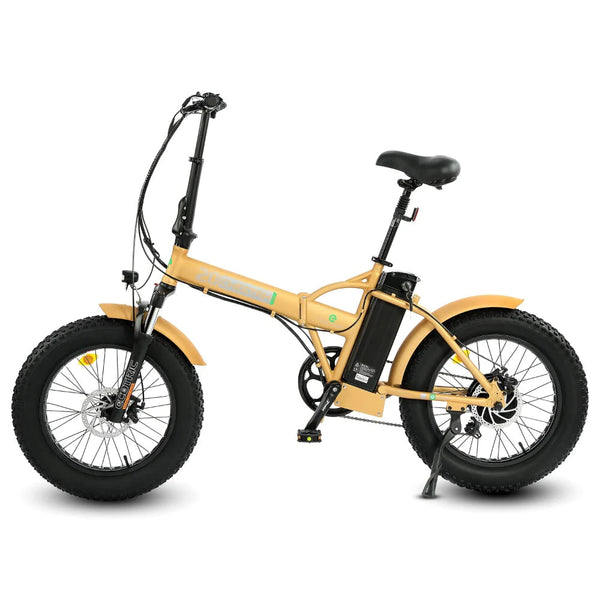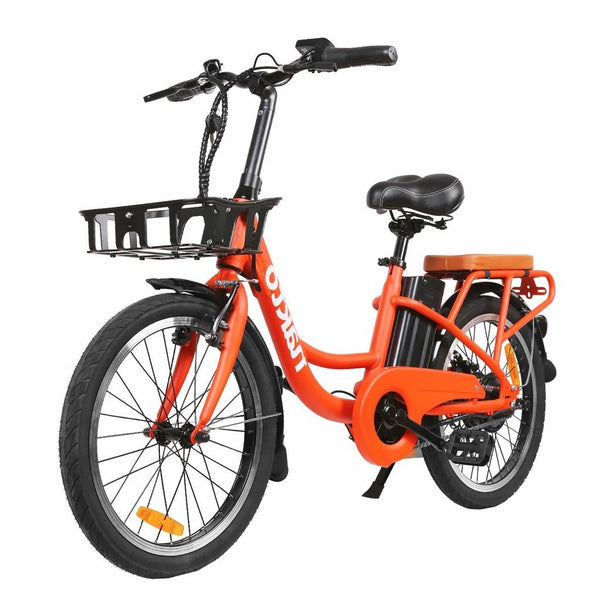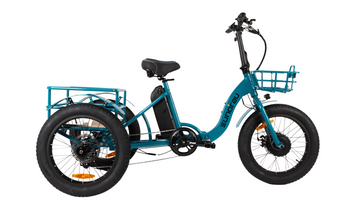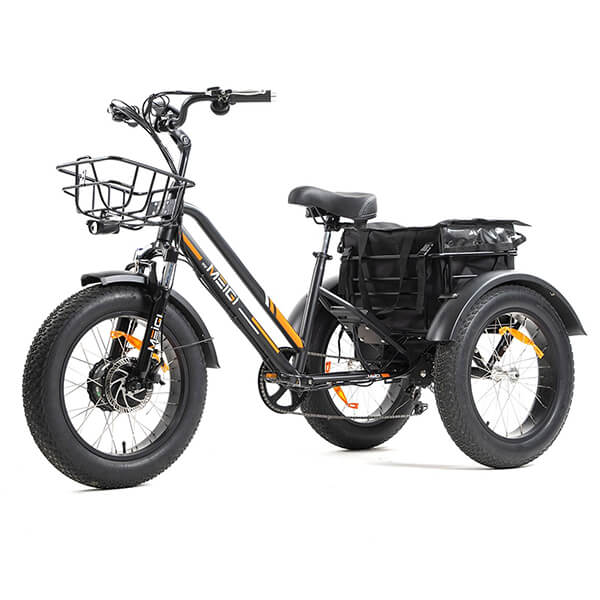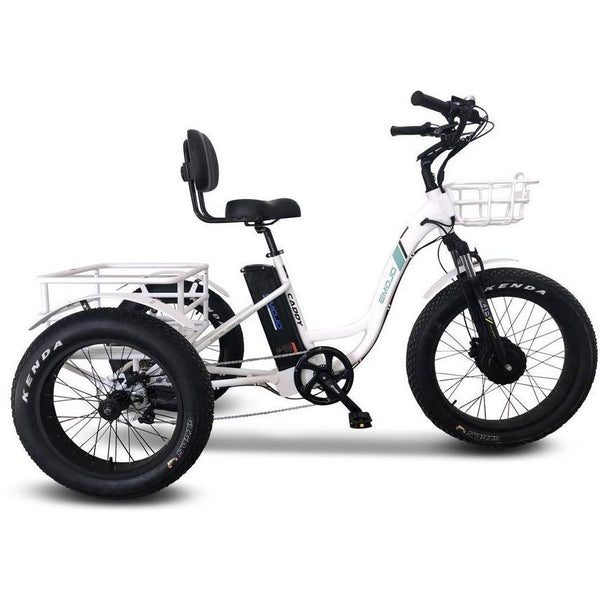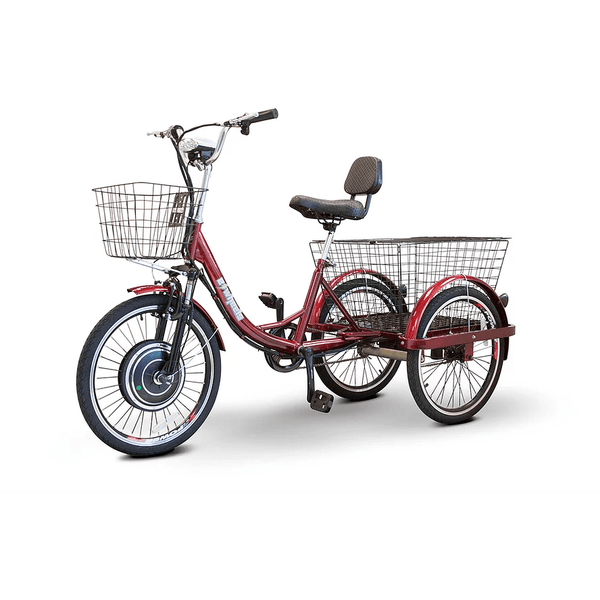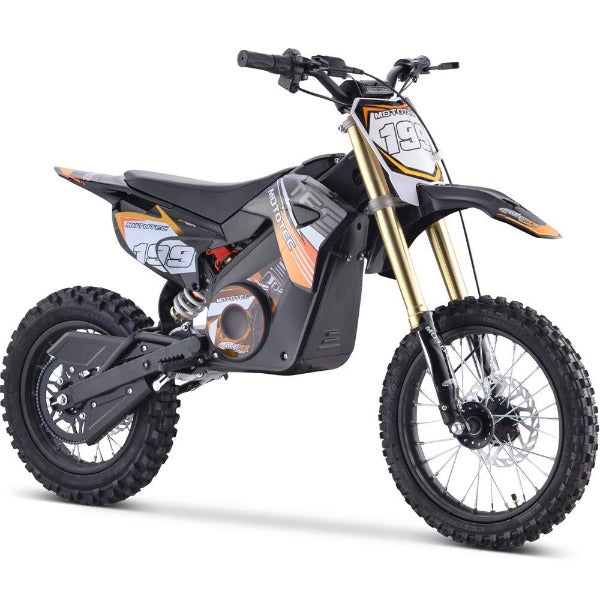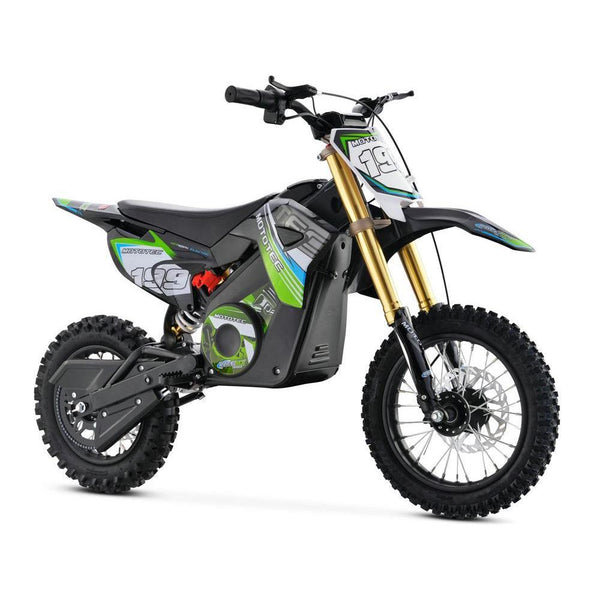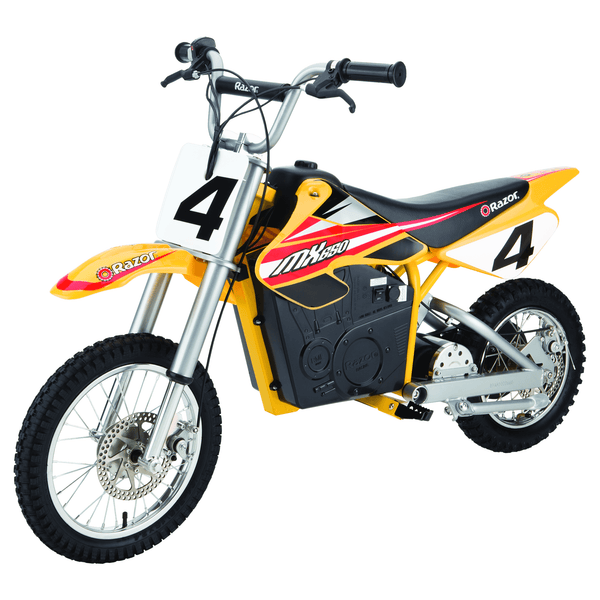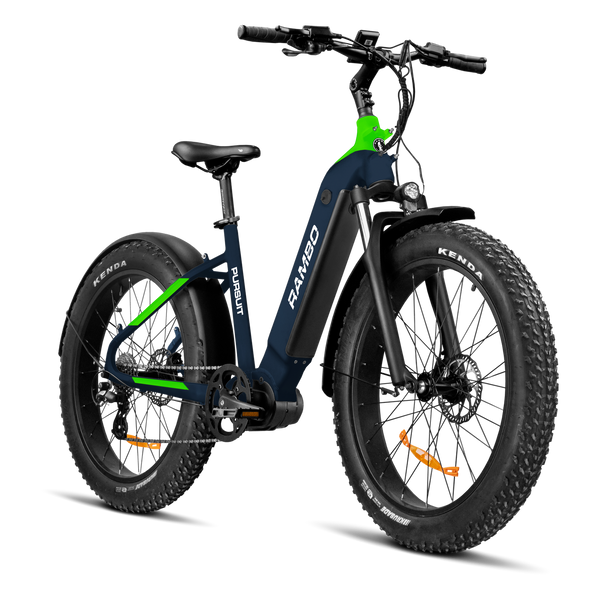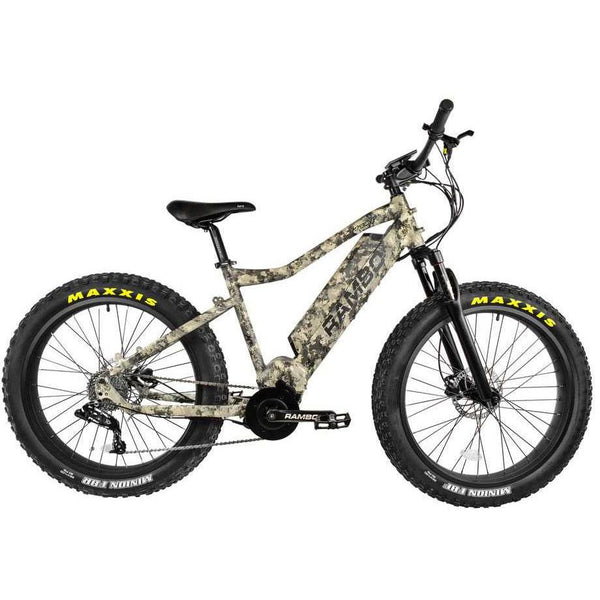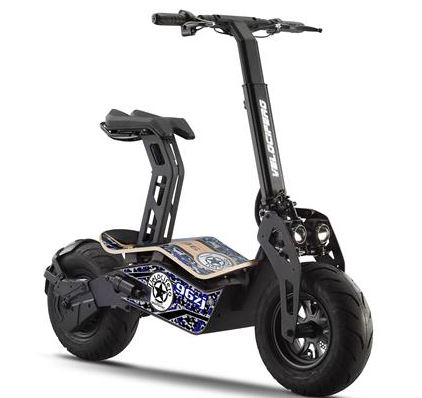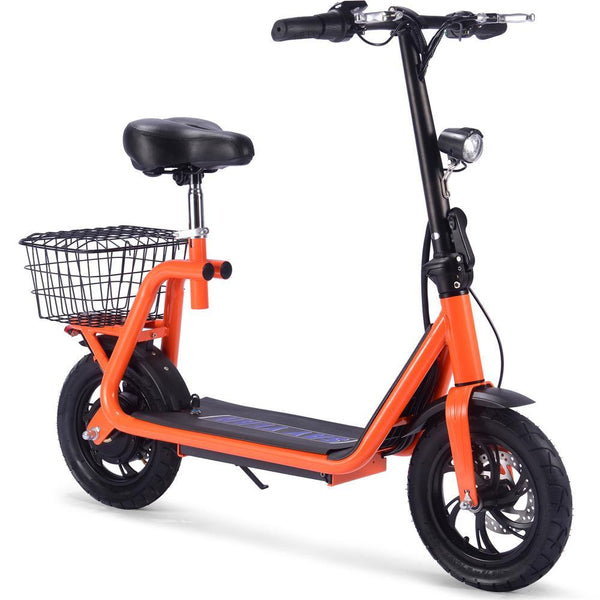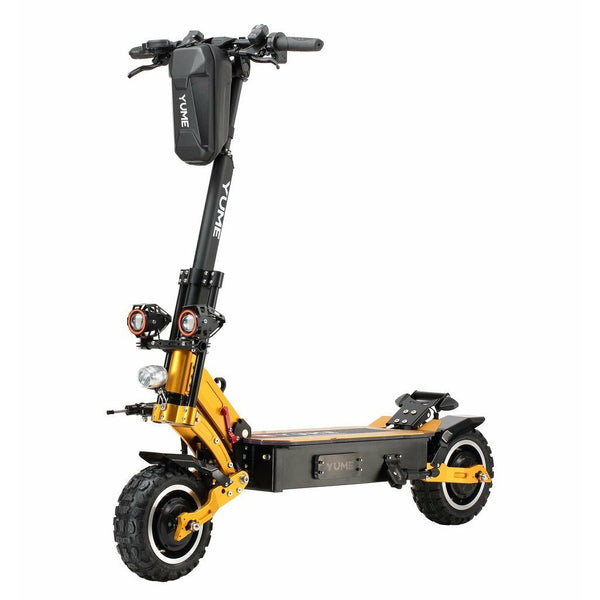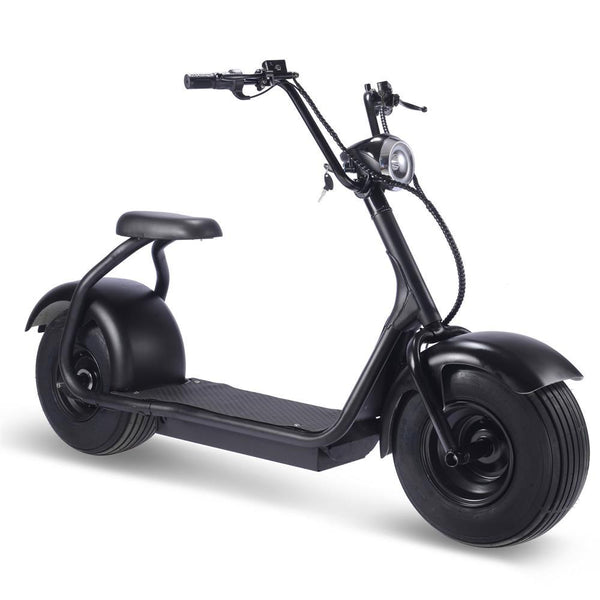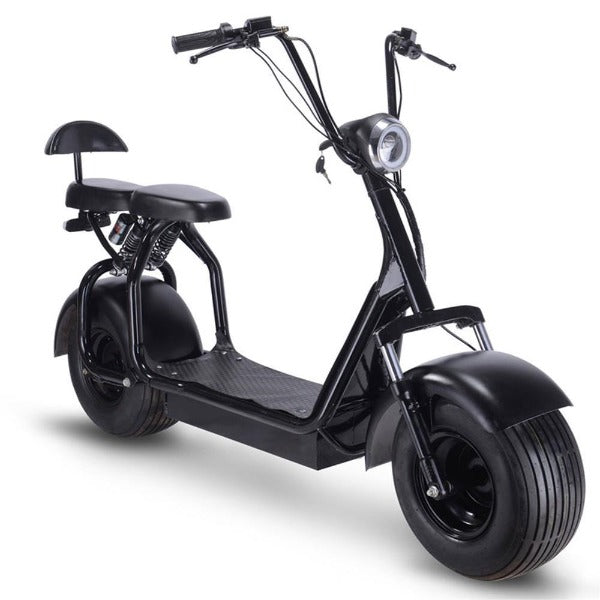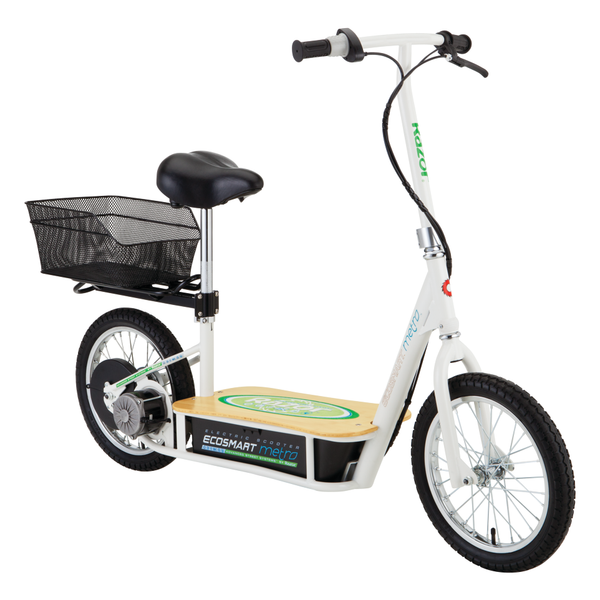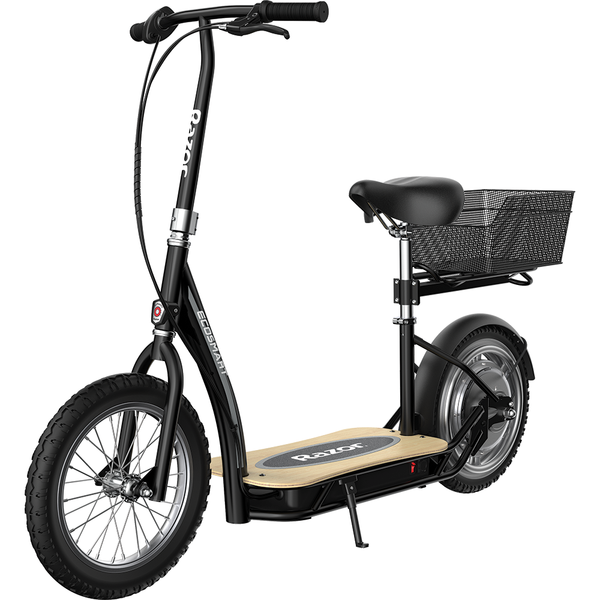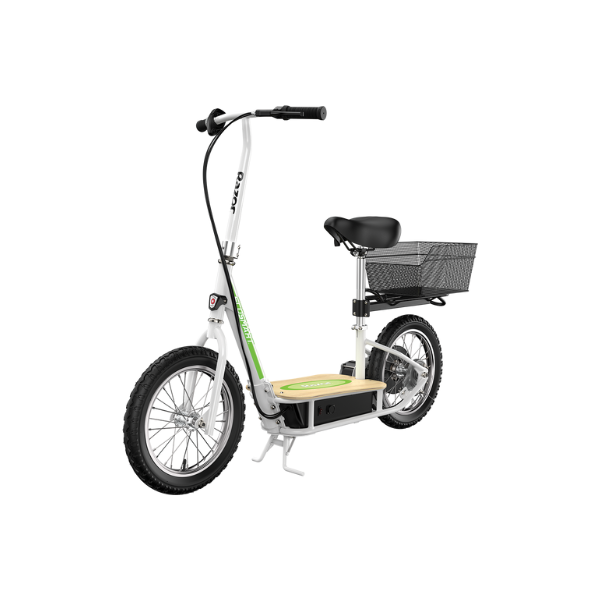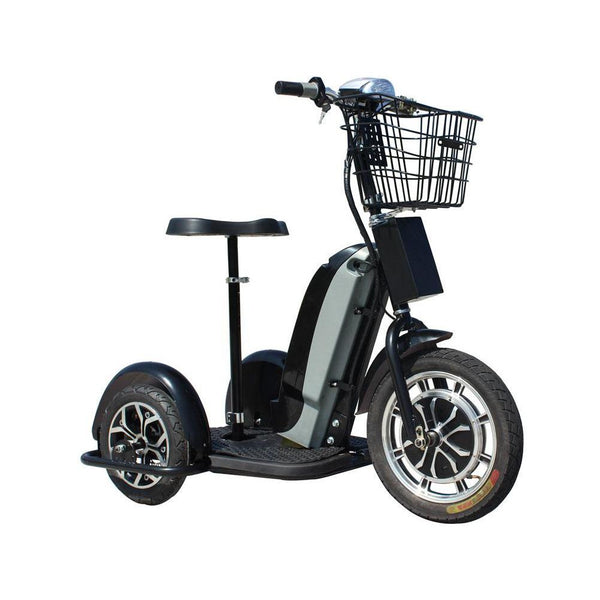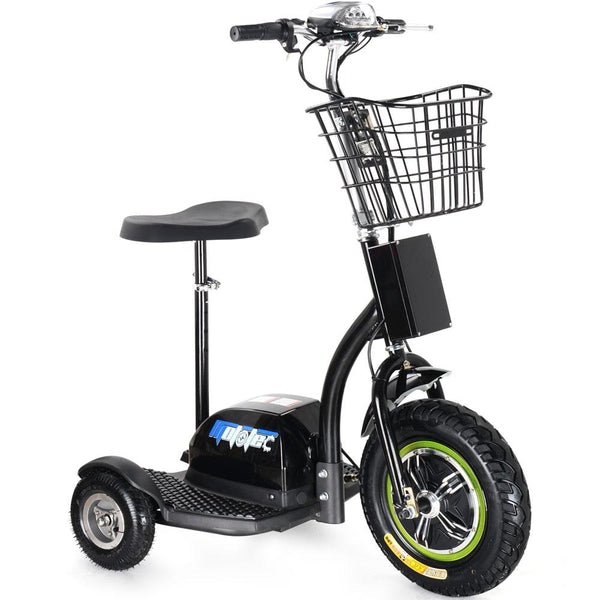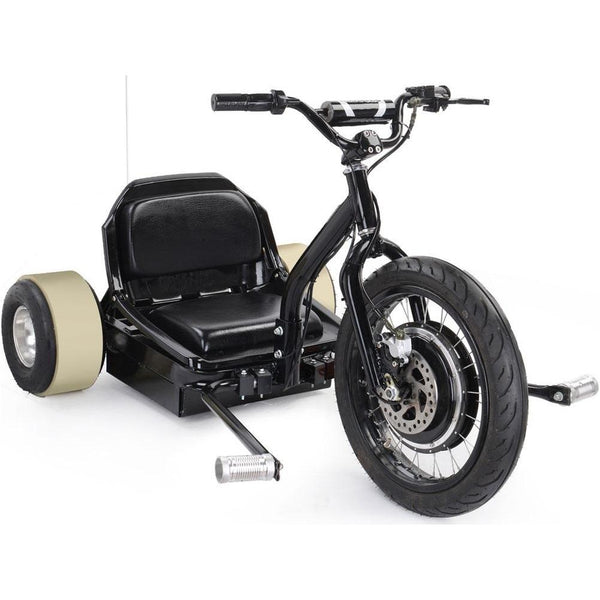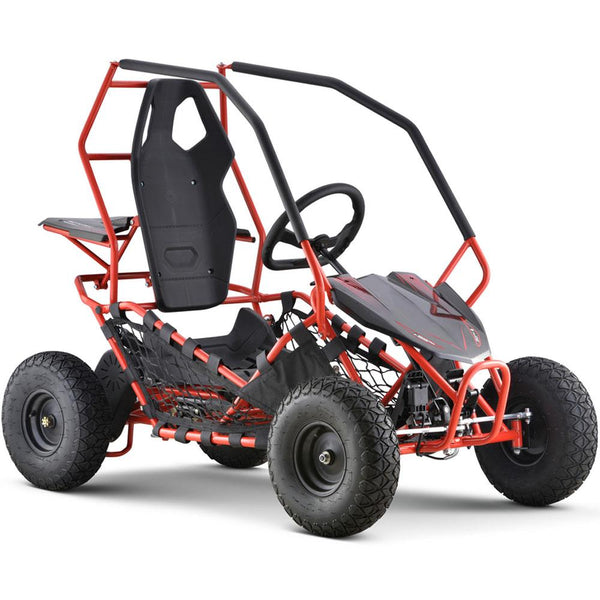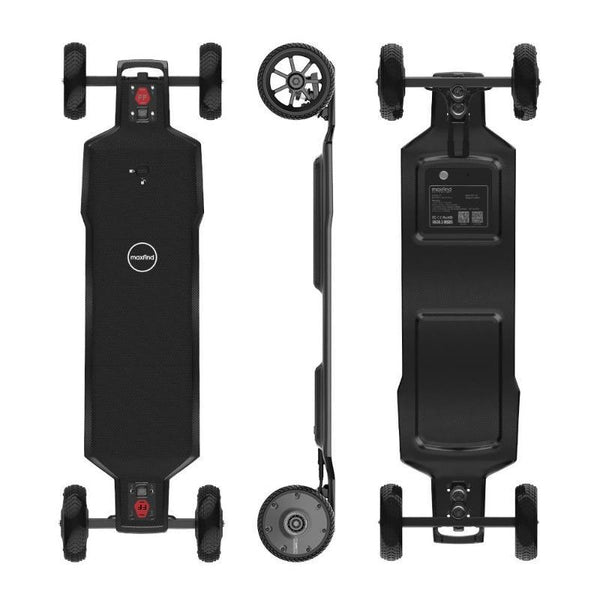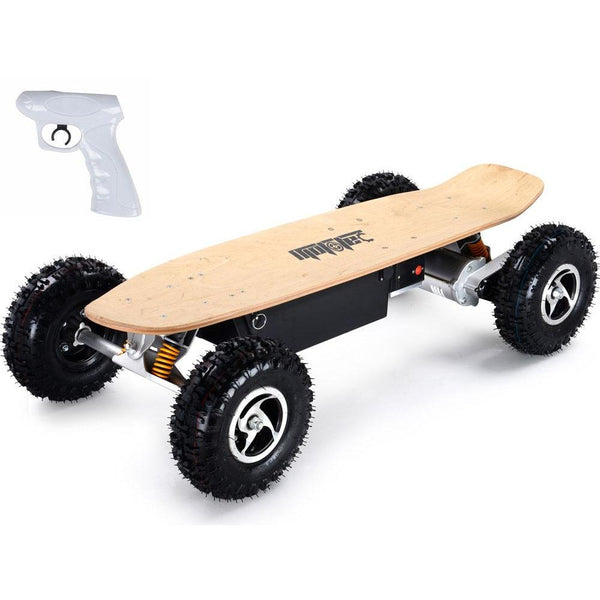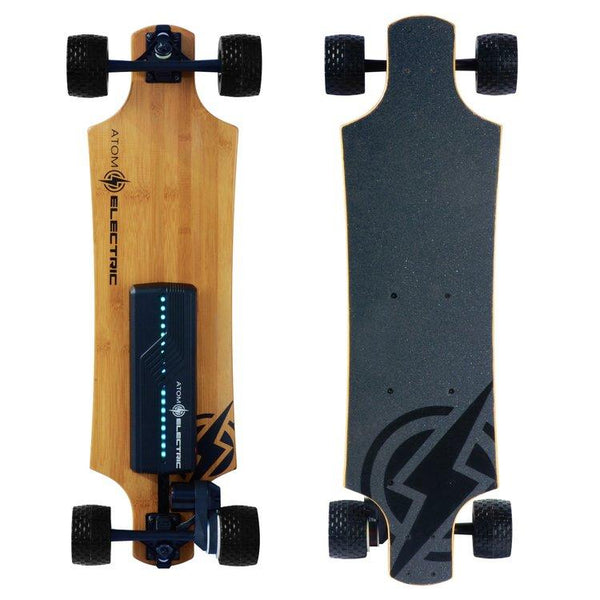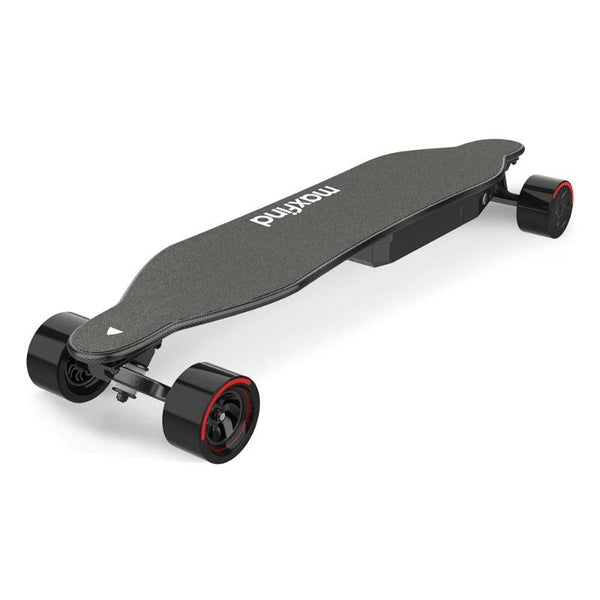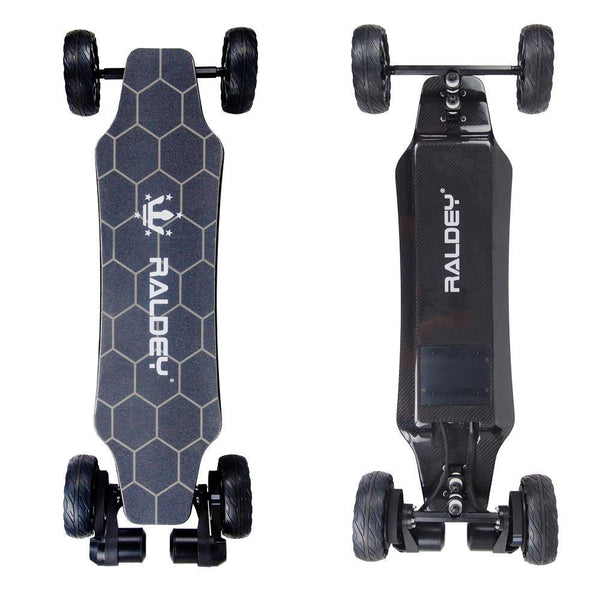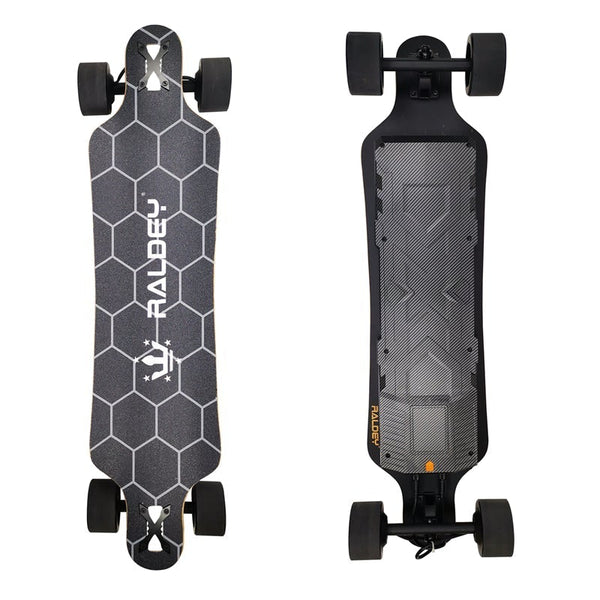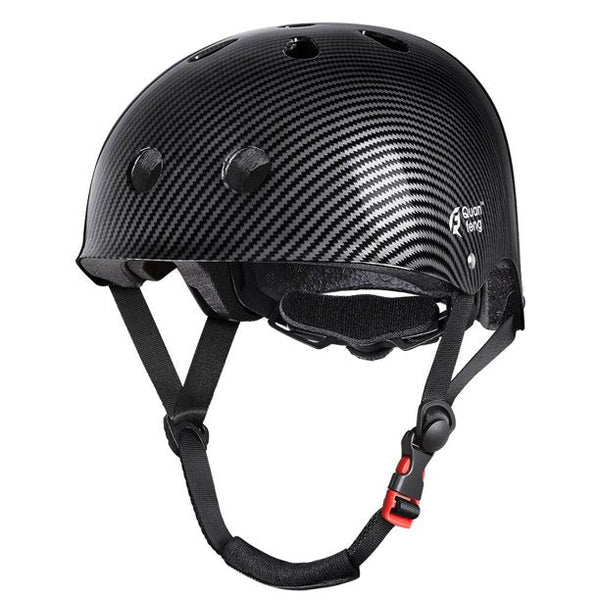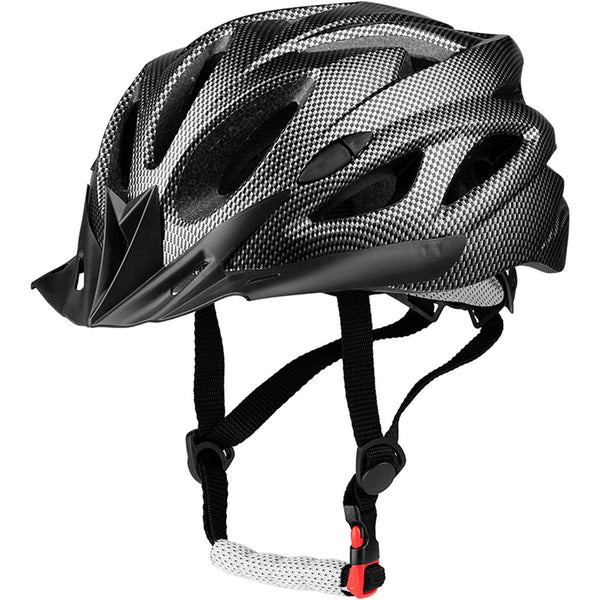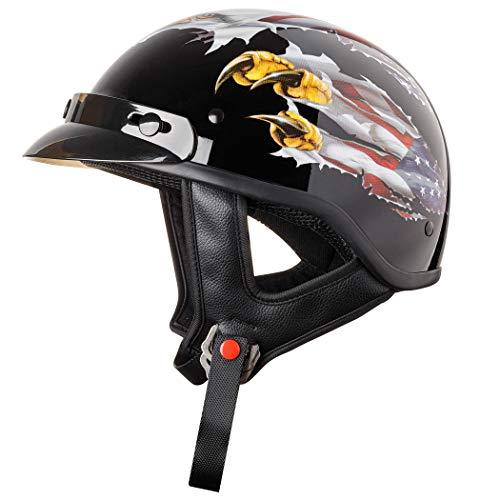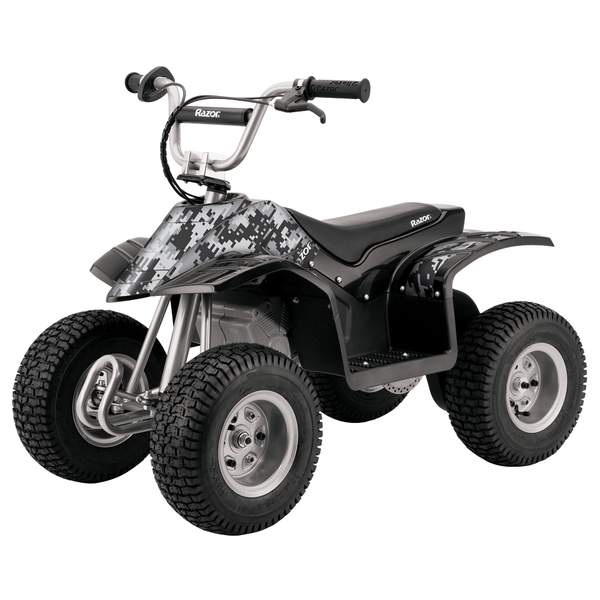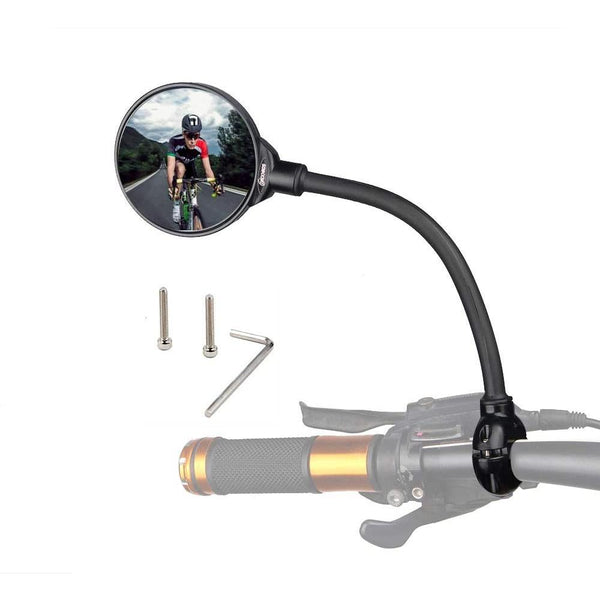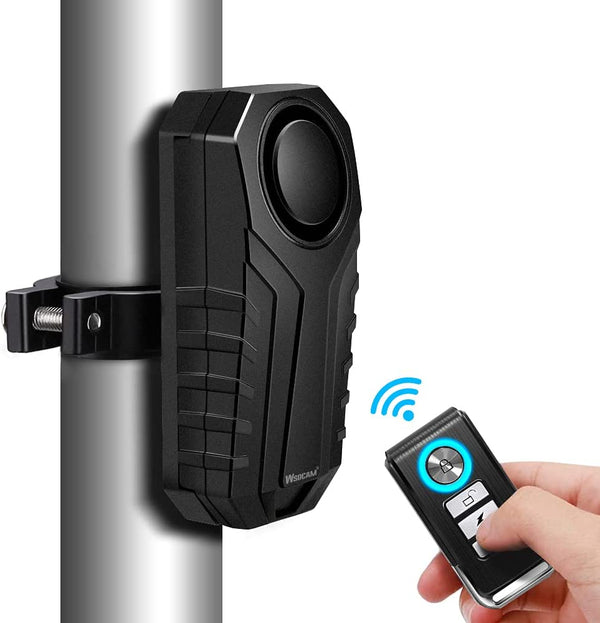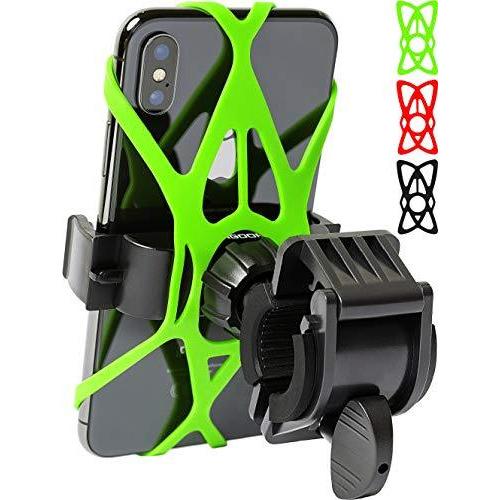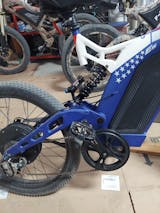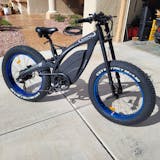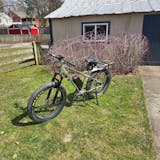Welcome to the first part of our electric bike Class series, where we will discuss everything you need to know about Classes of ebikes. There are three Classes of electric bikes, Class 1, Class 2, and Class 3. This blog will exclusively discuss Class 1 ebikes.
Legal matters are the reason why ebike classes exist. It takes some time for laws to catch up with technological advances. Classifying electric bikes is a way to determine which bikes can be used in places such as, for example, bike lanes or nature trails. Note that electric bikes do have restrictions on where they can be ridden. Those laws or restrictions differ among states or cities, so do your research first.
What are Class 1 Ebikes?
Class 1 electric bikes come with pedal assist only and have a speed limit of only 20 miles per hour. These bikes have electric motors with a maximum output of 750 watts. They do not have twist or thumb throttles, so you can propel them only through pedaling.
In these bikes, the motor will engage only when the rider cranks the pedals. Once you reach the speed limit, the motor stops running, so you’ll have to pedal faster or use higher gears with your derailleur if you want to go faster.
Want to learn more about other classes of electric bikes? We have additional articles about Class 2 ebikes and Class 3 ebikes. Plus, we have an article dedicated to all the classes here: “What Are the Classes of Electric Bikes?”

Benefits of Class 1 Ebikes
If you are a beginner or someone who values simplicity and reliability, Class 1 electric bicycles might be for you. No throttles to push when you pedal. They closely resemble the performance of ordinary bicycles, making them fairly simple to operate. Just use them like your everyday bicycle, and you are good to go. Since there is a speed limit, you can only go as fast as your bike allows.
They are made for simplicity and comfort, like the Amalfi Coastal Electric Bike (pictured above). It has a simple three-level pedal assist and hydraulic dual-piston disc brakes that are easy to use. The bike has a belt drive lasting longer than chains and an internal gear hub that needs little maintenance, making it fit for daily riders.
Some users complain that Class 1 ebikes don’t have enough power. Note that these bikes are not built for speed, so they are welcome in places like parks or trails since they don’t churn the ground. These electric bikes are affordable, making them attractive for first-timers, commuters, students, and parents.
Note that many come with either 36- or 48-volt electric motors that operate best on level ground and uneven terrain, like in urban areas. The permitted 750-watt maximum output is already powerful, and some Class 1 ebikes have the performance to deal with steep hills and rough terrain. For example, the Micargi Storm (pictured below)has a 350-watt electric motor installed mid-drive for high torque that can climb uphill. The bike has a Shimano 8-speed derailleur for uphill rides and a pair of 27.5-inch rims for rough roads, making it a great ride for nature lovers and adventurers.

Regulations for Class 1 Ebikes
The good thing about Class 1 ebikes is that they have the least restrictions in many states. That means you can bring your bike almost anywhere and not worry about breaking local laws. In most states, Class 1 electric bikes are termed ‘low-speed bicycles’ and are allowed on bike lanes.
The laws on Class 1 electric bikes differ among states. In California, Class 1 ebikes are allowed where bikes are allowed, including in state parks and recreation areas, but a helmet is required for riders under 17. The rules are the same in the state of Washington, with the restriction that the electric bike is allowed only on motorized trails or forest roads open to the public (unless the user has an A.D.A card). In Michigan, they are allowed almost everywhere except on non-motorized mountain bike trails (except when authorized).
A good example of a Class 1 ebike you can legally ride almost anywhere is the Ado A16+ Folding Electric Bike (pictured below). Equipped with a 36-volt 250-watt geared hub motor and a top speed of 15.5 mph. It comes with a pedal assist only and is made for commuting in the city, so the user only has to pedal, and the electric motor will do its thing. It has a complete suspension setup and a 7-speed Shimano derailleur, so you can use it anywhere. Feel free to ride it on bike lanes, alleys, and in parks without worries.

Do you love compact and portable rides? You might be interested in folding mobility scooters. See affordable folding scooters here on our sister website Mobility Paradise.
Safety and Maintenance Tips
Maintaining a Class 1 electric bike is the same as other bikes. Since these bikes are less complicated and have lower power, they are easier to keep in top condition. As in bikes, the first things to go are the tires and brakes. Check the tires regularly and inflate them to proper air pressure, and at the same time, inspect and clean the brakes. Take a close look at the treads, and if they’re too smooth or have prominent cracks, they need to be replaced.
Since they are powered, the chain of most electric bikes tends to wear faster than bicycles. Clean them often and apply lubricating oil afterward. You can also buy aftermarket chains that last longer.
The next thing to think about is the battery. Most Class 1 electric bikes have 24-volt, 36-volt, and 48-volt lithium batteries that need little maintenance other than keeping them charged whenever they reach 20% of their capacity or lower. Keeping them at 80% capacity max may help extend their lifespan. Make sure to use the proper charger that comes with your bike.
The motor of your electric bike needs little care, as they are often sealed systems. Note that most Class 1 ebikes don’t have powerful motors compared to other classes, so make sure not to overload them (see your bike’s manual). If your bike is not designed to go off-road, it is best to stay on hard surfaces.
The good thing about Class 1 electric bikes is that most only require a helmet as safety gear. A driving license is usually not required in most states and cities. The biggest thing you can do for your safety is to yourself. Note that electric bikes have different ride characteristics than ordinary bicycles, so make sure to familiarize yourself with them before riding in public spaces.
Conclusion
With Class 1 ebikes, less is more. These electric bikes don’t have throttles and only have pedal assist, so it's like riding a bicycle. Most of them have medium-output motors with a maximum output of 750 watts, so they are not as fast as other Classes of electric bikes. In exchange, they have fewer restrictions, and you can ride them in trails, parks, and bike lanes (check local laws first). They are good for starters and as a daily driver.
If you are searching for Class 1 electric bikes, we have good news! You can learn more about these particular models in this blog. Also check out our huge collection of Class 1 ebikes (as well as Class 2 and 3 electric bikes), all at very good prices and with freebies in your purchase. We are an accredited dealer of every brand we carry, and we have a top-notch customer support team that you can call for help with your order, delivery, assembly, and complaints. Order your Class 1 ebike here at Electric Bike Paradise and give us a call now!




